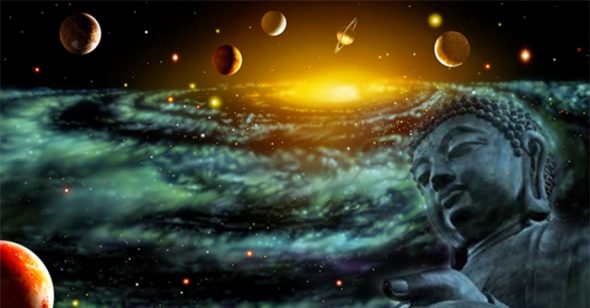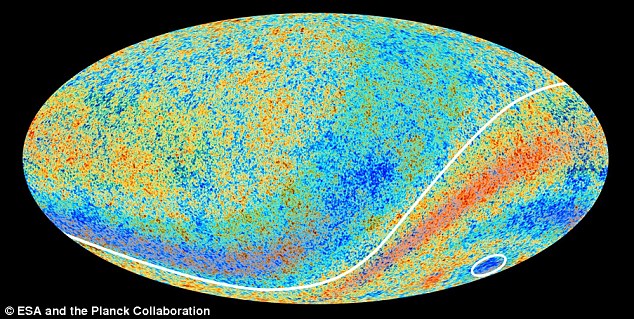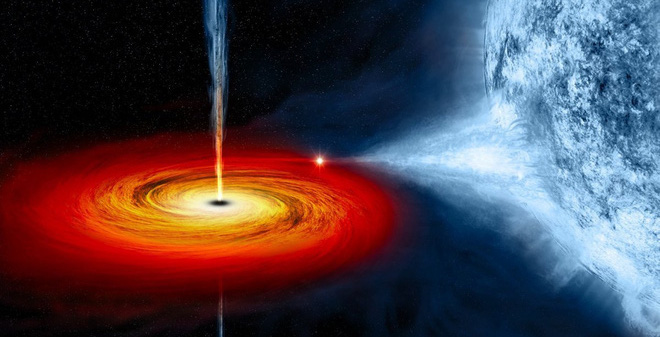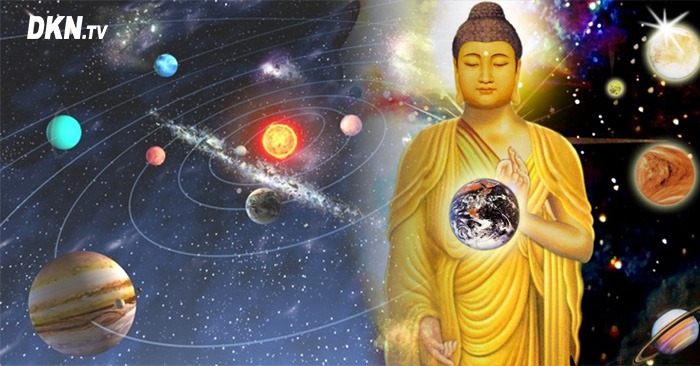Scientists have discovered that there have been other universes that existed before and also have black holes like the current universe.

A team consisting of Oxford University mathematical physicist Roger Penrose, State University of New York mathematician Daniel An and Warsaw University theoretical physicist Krzysztof Meissner discovered the remnants. of a black hole and came to the conclusion that there were other universes that existed in the past before the universe we live in today, Dailymail on August 25 reported.
They say the cosmic microwave background (CMB) radiation – which often causes white noise on TV – is evidence of the remnants of these black holes and are now calling for a modified version of the Big Bang to solve it. for the multiverse theory.

The cosmic background radiation (CMB) is evidence of the remnants of past black holes (Image: ESA)
This theory is called cyclic cosmology, or CCC, and states that universes grow, expand, and die in sequence.
Accordingly, the black hole will leave its mark on the next universe. These data are detectable in existing data from CMB.
“If the universe goes on and black holes swallow everything, at a certain point we’ll just have a single black hole,” Dr Penrose told Live Science.
Black holes are thought to continuously decrease in mass over time and produce large amounts of radiation of massless particles called gravitons and photons.
Dr. Penrose says that if this is true, then what happens is that these black holes will gradually, gradually shrink.
They will eventually reach a point where they disintegrate completely, with a large amount of these massless particles remaining.
In Einstein’s special theory of relativity, massless masses are not subject to the same laws of physics as objects with mass. This means that they exist in the universe without interacting.
So a universe filled with gravitons or photons wouldn’t have any sense in terms of time or space,” said Dr.

There were other universes that existed in the past before the universe we live in today (Artwork)
According to the CCC theory, the universe in this disintegrating state after the black hole would begin to resemble the extremely dense, super-high-pressure state of the big bang. As a result, another explosion occurs and the next universe is formed, starting a new cycle.
Dr. Penrose believes he has finally found evidence of the phenomenon.

They ran a version of the statistical analysis that looked at different patches of sky and localized the sky where galaxies and starlight did not overwhelm the CMB.
This data is then compared to areas of microwave frequency distribution that match what would be expected if Hawking points existed.
The resulting randomly generated CMB data cannot mimic those Hawking points, which strongly suggests that the newly identified Hawking points are indeed from the past black hole.
Discussing the above discovery, many scholars have recalled the Buddha’s sermon 3000 years ago.
Shakyamuni Buddha once said: All things have to go through the process of becoming – staying – disintegrating – dying
Everything here covers from the most microcosmic to the most sweeping, so surely this huge universe is no exception. However, the cycle length is different, plants and animals have a cycle every few years, humans are 100 years old, rocky mountains are several thousand years old, planets are several hundred million years old, and the universe is much more than that. again.
On the other hand, the Buddha also said: “In a grain of sand there are three thousand great thousand worlds.”
Thus, besides the universe we are living in, there are also other universes, other space-times that are co-existing. It may sound absurd, but with the eye-catching discovery above, or the discovery of the multiverse structure in the human brain that was published in 2017, we can see it’s time to rethink the words Buddha Shakyamuni preached as well as the profound content of the Buddha Dharma.
Discussing the relationship between science and Buddhism, Einstein wrote:

“Buddhism does not need to revise its stance to stay up to date with the new discoveries of science. Buddhism does not have to give up its views to follow the trend of science, for Buddhism embraces science as well as transcends science.
Humans are so small in front of the big universe, what we can’t see doesn’t mean they don’t exist. Seeing is believing, not seeing is not believing, is not the ideal concept of the wise. It will only cause people to limit their own wisdom to a narrow frame and never be able to find the vast and true things.
